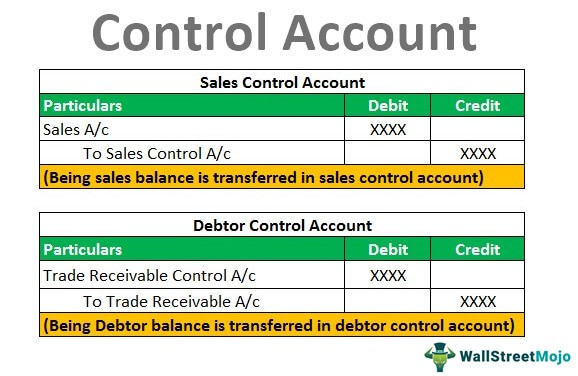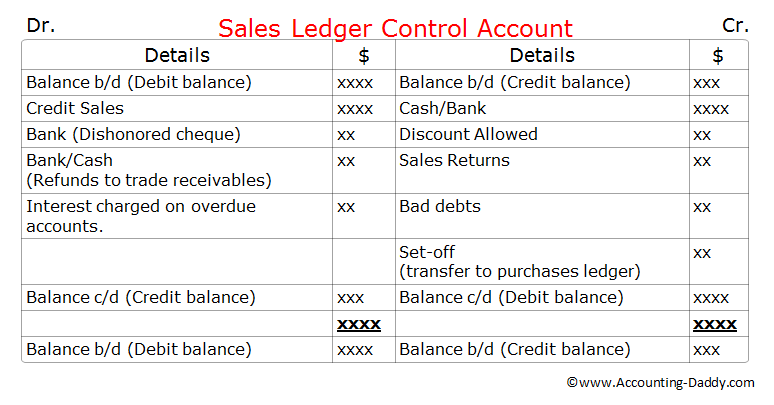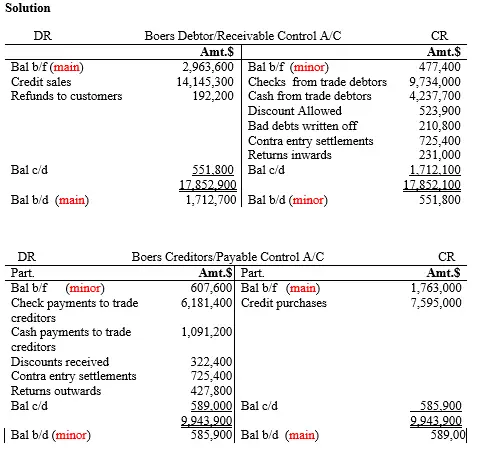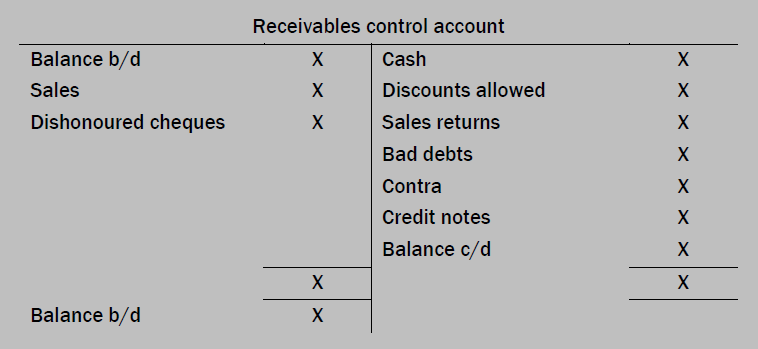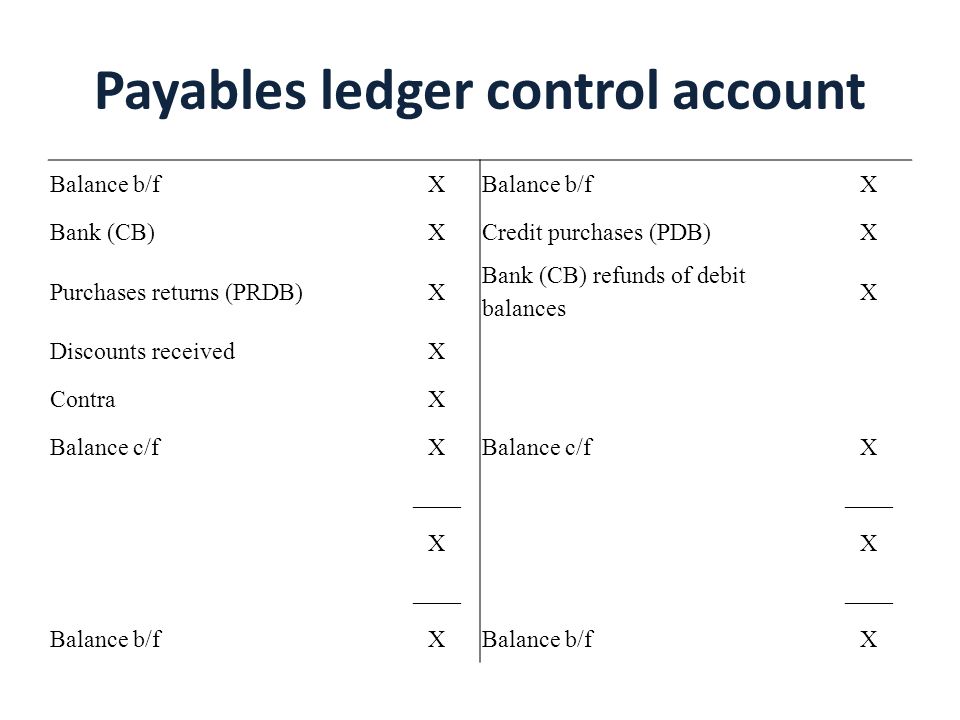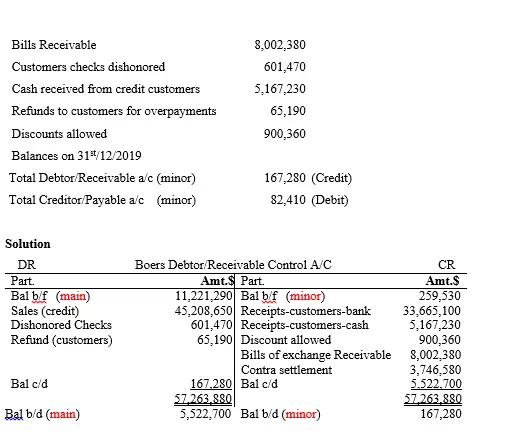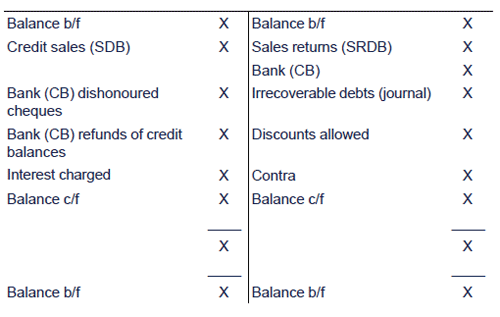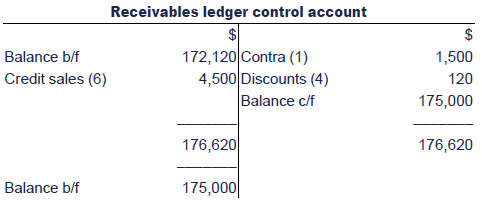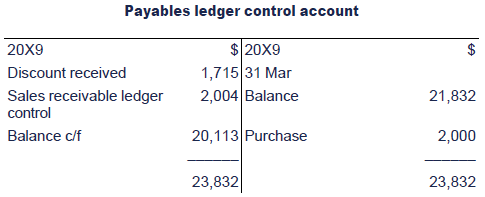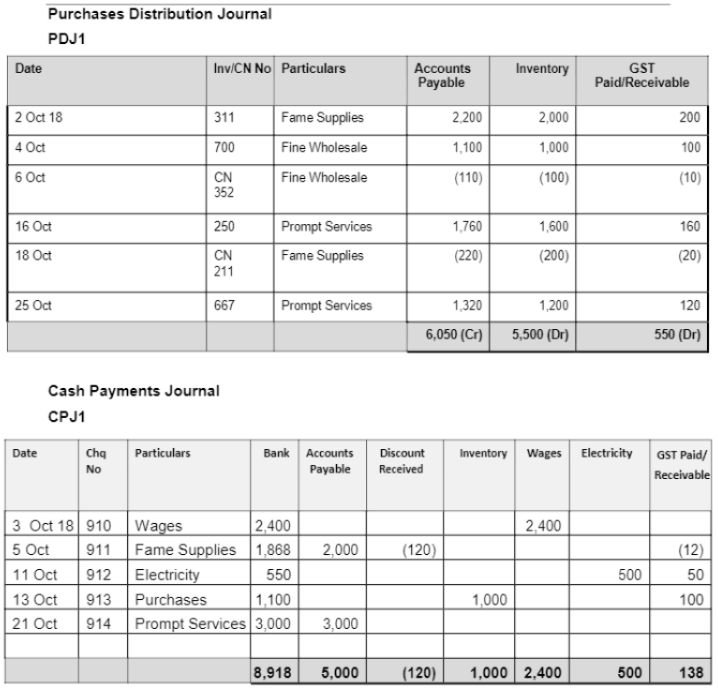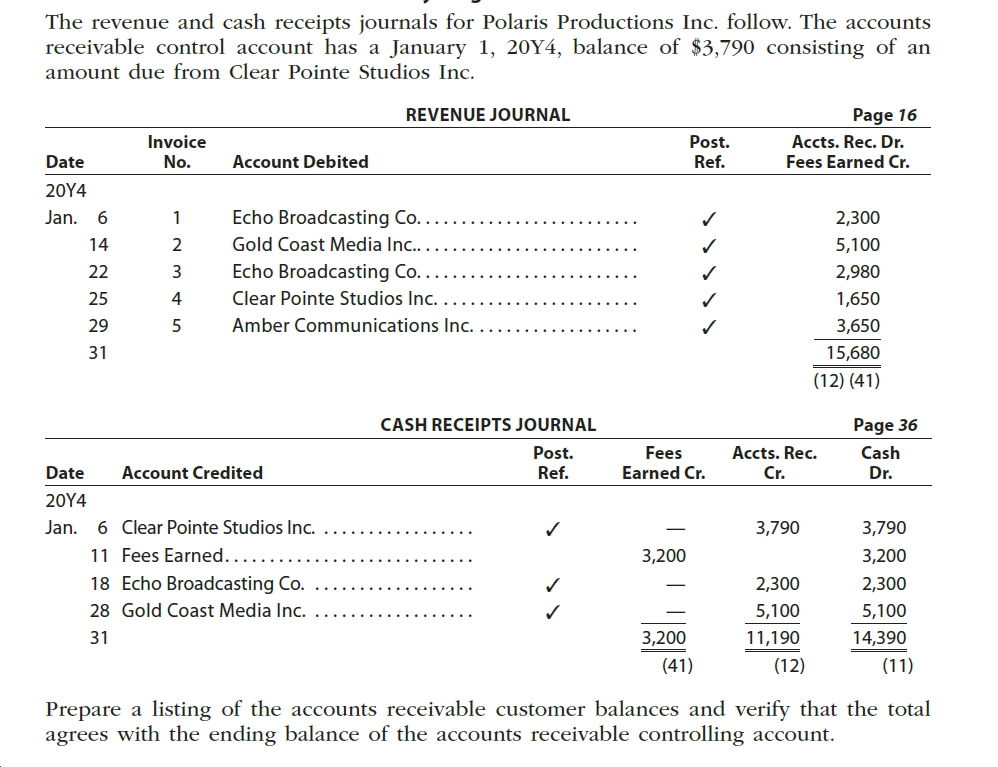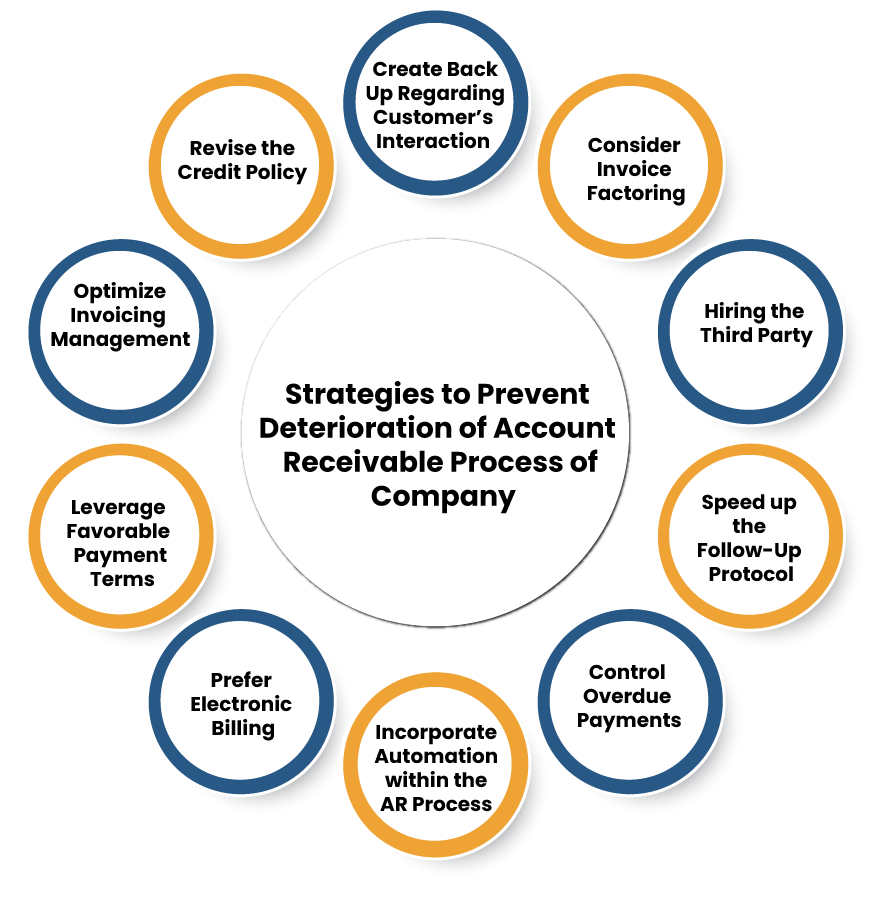Can’t-Miss Takeaways Of Tips About How To Control Accounts Receivable
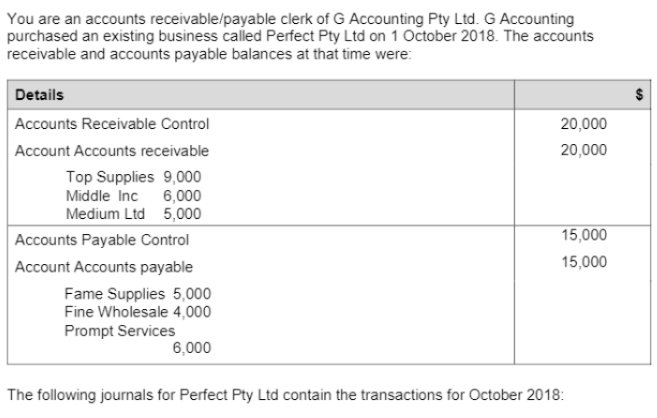
One reason accounts receivable balances get out of control are because billing policies are.
How to control accounts receivable. Have a strict credit control procedure for collecting. The reconciliation of accounts receivable is the process of matching the detailed amounts of unpaid customer. The accounts receivable control account or sales ledger control account, is an account maintained in the general ledger used to record summary transactions relating to.
Accounts receivable turnover ratio = net credit sales / average accounts receivable. The accounts receivable reconciliation process should follow these steps: Accounts receivable is the amount of debts owed to the enterprise by legal entities and individuals who are its debtors.
The first tip for you to be able to carry out a good control of accounts payable and receivable is to record each transaction. Compare the accounts receivable ledger account (s) to the customer aging report. Produce an aged accounts receivable report and review the balances, particularly on large and overdue accounts.
The accounts receivable workflow process is similar at each company. How to improve accounts receivable will sometimes glitch and take you a long time to try different solutions. Create an invoice for your customers.
The company has a control account for all. How to control accounts receivable: Typically, it boils down to four simple steps:
Monitor unapplied cash receipts for timely resolution. Controls over accounts receivable really begin with the initial creation of a customer invoice, since you must minimize several issues during the creation of. Monitor aged invoices to ensure that all automatic payments have been received from the customer (sponsor).

